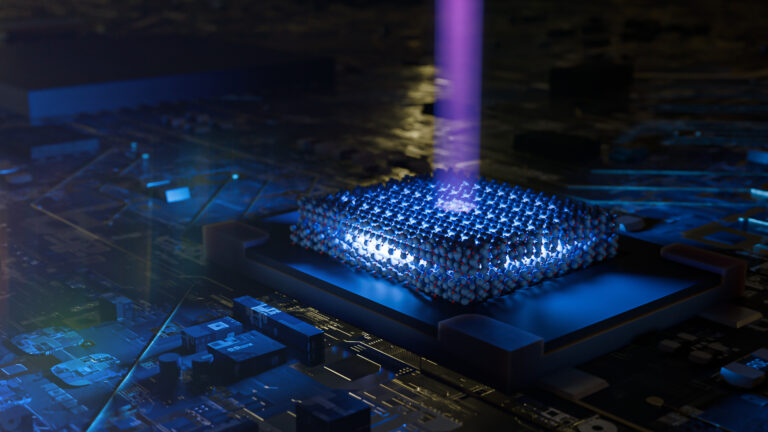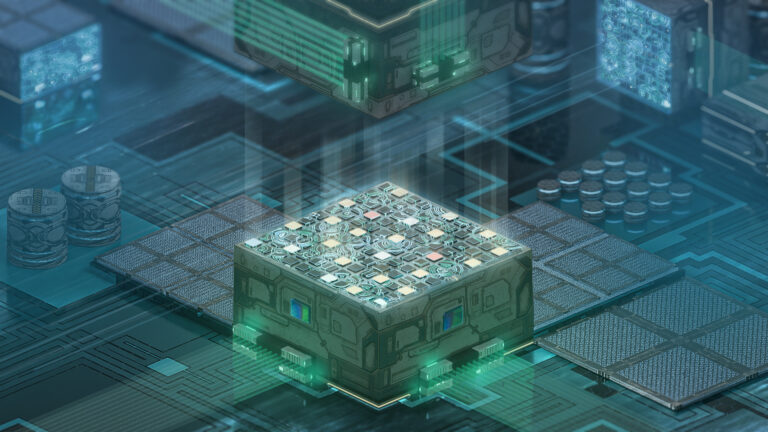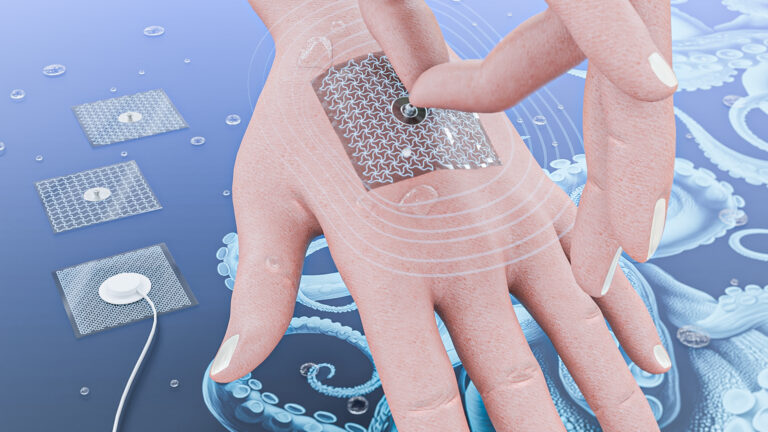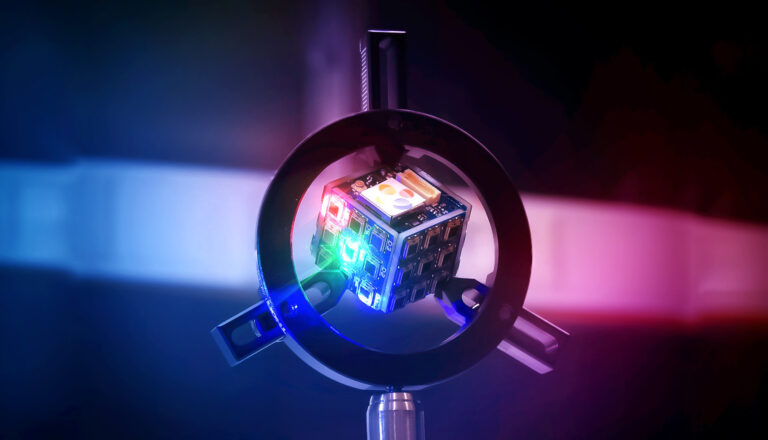Electrical Engineering
Standing the test of time with a perfect partner
Identifying the ideal co-catalyst can significantly extend the working lifetime of solar fuel–generating photocatalysts.

The key to efficiently harvesting energy from sunlight could be to find the right combinations of light-capturing materials. Researchers at KAUST have discovered that a form of iron oxide makes an excellent co-catalyst for a promising photocatalytic material called gallium nitride.
Finding photocatalysts that can efficiently use sunlight to produce clean hydrogen fuel from water is one of the most sought-after applications of solar energy. “Nitrides can absorb most of the energy in the solar spectrum, but gallium nitride is a flawed water splitting photocatalyst,” says Martin Velazquez-Rizo, a Ph.D. student in the labs of Kazuhiro Ohkawa, who led the current research.
“When GaN is used as a photocatalyst, the material is quickly damaged by photocorrosion, which impedes its implementation in industrial applications,” Velazquez-Rizo says. Photocorrosion damage was visible after just two hours of photoelectrochemical hydrogen production, the team showed.
To test the possibility of extending the gallium nitride photocatalyst’s working lifetime, the researchers tried combining it with an iron oxide. “Fe2O3 is a well-known material in the catalysis area because of its optical and electronic properties and for its capacity to operate in harsh environments,” says Velazquez-Rizo. “We anticipated that, under the right conditions, Fe2O3 could suppress the photocorrosion of GaN photocatalysts without diminishing their photoabsorption capabilities.”
The strategy has proven to be effective. When the team decorated the GaN surface with a 1.3 percent covering of Fe2O3 particles, the first signs of photocorrosion were more than 20 times slower to appear. In addition, the hydrogen production rate of the Fe2O3/GaN photocatalyst was five times higher than GaN alone. The results, says Velazquez-Rizo, “take GaN photocatalysts one step closer to being implemented in real-life applications.”
Part of the reason Fe2O3 and GaN perform well together is likely because of the unusual way in which the Fe2O3 particles are arranged on the GaN surface. The atoms in the iron oxide particles align neatly with the atoms in the GaN lattice below, an effect known as epitaxial growth. This effect is rarely observed when combining materials with different crystallographic properties, such as Fe2O3 and GaN.
“Martin’s work has shown that these different material systems can have a coherent crystal alignment, without crystal defects,” Ohkawa says. “Today’s photoelectrode devices are made of nitride semiconductors or of oxides, but his result indicates that by combining the two, it is possible to fabricate novel devices.” The team is continuing to develop new GaN-based composite materials to improve the energy converstion efficiency of photocatalysts.
References
- Velazquez‐Rizo, M., Iida, D. & Ohkawa, K. Photoelectrochemical and crystalline properties of a GaN photoelectrode loaded with α‐Fe2O3 as cocatalyst. Scientific Reports 10, 12586 (2020).| article
You might also like

Bioengineering
Sensing stress to keep plants safe

Computer Science
Sweat-sniffing sensor could make workouts smarter

Electrical Engineering
New tech detects dehydration by touching a screen

Electrical Engineering
A new interface for efficient electronics

Electrical Engineering
Artificial neurons enable neuromorphic computing with light

Electrical Engineering
Narrow-linewidth lasers bring low-noise answer

Electrical Engineering
Octopus suckers inspire sticky medical patch

Electrical Engineering




